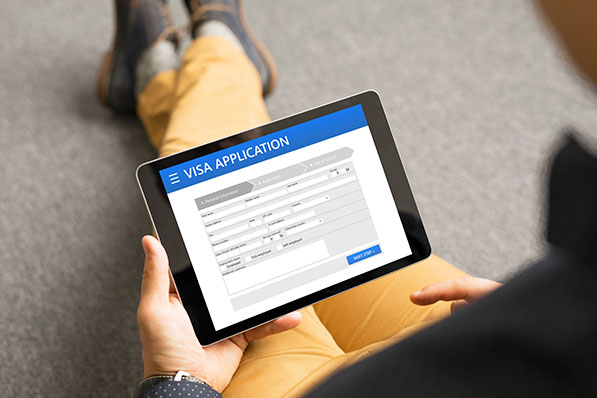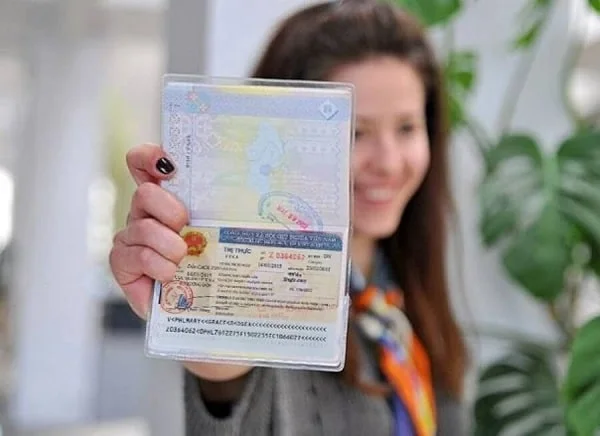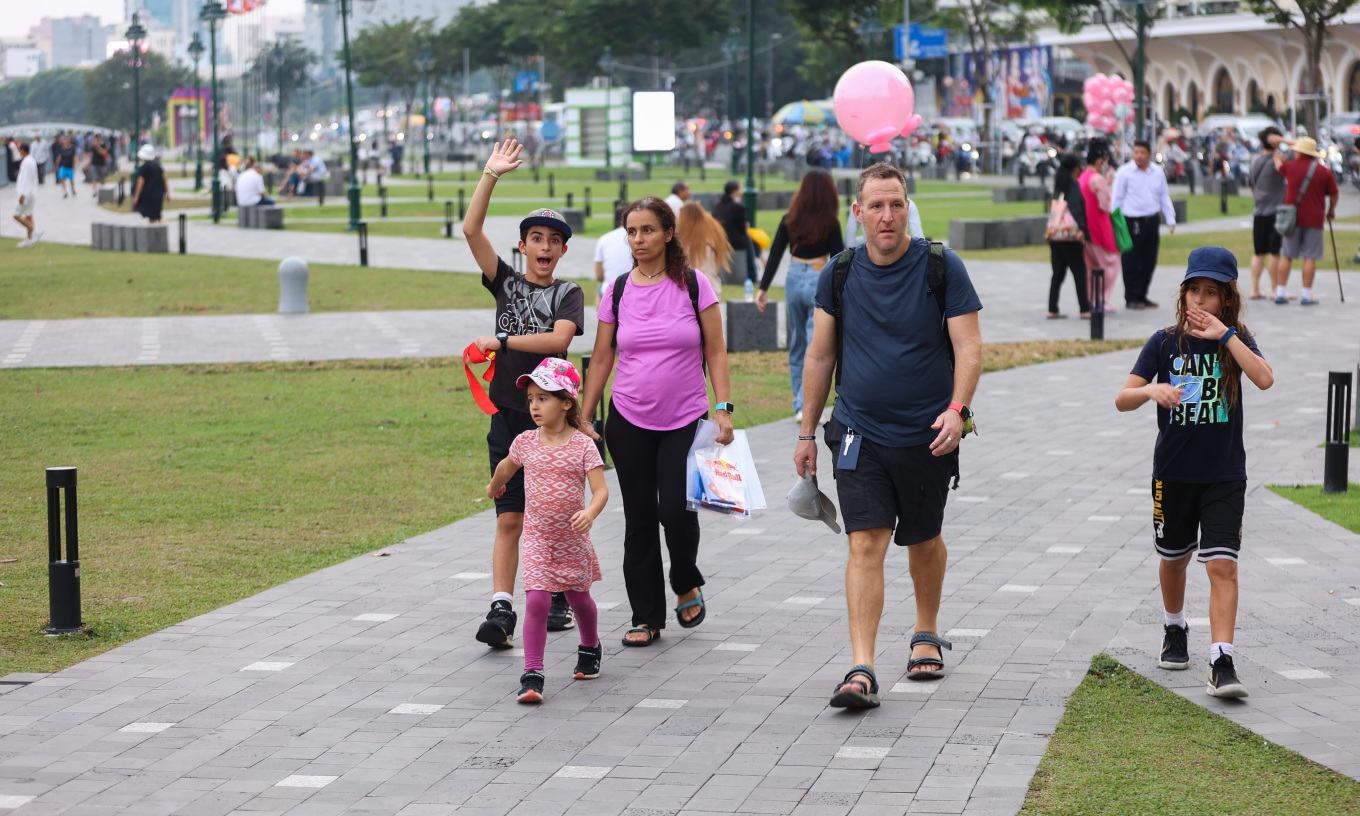If Singaporeans plan to travel to Vietnam in 2023, they may have questions about how to apply for a visa. This detailed guide will provide a step-by-step explanation of the application process for obtaining a Vietnam visa in Singapore. It aims to make the experience easy and trouble-free, whether you’re traveling for business, leisure, or to visit loved ones. It is essential to grasp the visa requirements and application procedure, so let’s explore the specifics together!
Understanding the Vietnam Visa Requirements

Prior to discussing the application procedure, let’s gain knowledge about the visa prerequisites for Singaporean individuals traveling to Vietnam in 2023. If you hold a Singaporean passport, you can enjoy a visa exemption for stays of up to 30 days in Vietnam. However, if your visit exceeds this duration or has a distinct purpose, you will be required to acquire a visa. There are two main options available for obtaining a visa: the e-visa and the visa on arrival.
Applying for E-Visa

Step 1: Prepare the Necessary Documents
When applying for an e-visa, the first step is to gather all the required documents. Make sure you have the following:
- A valid Singaporean passport with at least six months of validity remaining.
- A digital passport-sized photo (taken against a white background).
- Scanned copies of the bio-data page of your passport and your recent photo.
Step 2: Fill Out the Application Form Online
To apply for an e-visa, visit the official website of the Vietnam Immigration Department and complete the online application form. Provide accurate and up-to-date information as any discrepancies may lead to delays or rejection.
Step 3: Pay the E-Visa Fee
After submitting the application, you will be directed to a payment page. The e-visa fee must be paid online using a credit or debit card. Ensure your payment details are entered correctly to avoid any complications.
Step 4: Wait for Processing and Approval
Once you have successfully submitted the application and paid the fee, all you need to do is wait. The processing time for an e-visa is usually three working days. You can check the status of your application on the website using your application ID.
Step 5: Obtain the E-Visa Approval Letter
If your application is approved, you will receive an approval letter via email. Download and print this letter as you will need it when entering Vietnam. Make sure to carry it with you along with your passport.
Step 6: Arrive in Vietnam
Upon arrival at a Vietnamese airport, proceed to the immigration counter designated for e-visa holders. Present your passport, approval letter, and completed entry/exit form (which can be obtained onboard the flight or at the airport). The immigration officer will process your entry and stamp your passport with the e-visa.
Applying for Visa on Arrival

Step 1: Secure a Visa Approval Letter
For those planning to stay in Vietnam for more than 30 days or who require multiple entries, a visa on arrival is the preferred option. To obtain a visa on arrival, you need to secure a visa approval letter from a reliable travel agency or service provider. This letter is issued by the Vietnam Immigration Department.
Step 2: Fill Out the Entry/Exit Form
Before arriving in Vietnam, make sure to fill out the entry/exit form. This form is usually provided by the airline during the flight or available at the visa-on-arrival counter upon arrival. Have this form ready, along with your passport, approval letter, and two passport-sized photos.
Step 3: Pay the Visa Stamp Fee
Upon arrival at the airport in Vietnam, proceed to the visa-on-arrival counter. Submit your passport, approval letter, entry/exit form, and photos. You will be required to pay the visa stamp fee in cash (US dollars). The fee varies depending on the duration and type of visa you are applying for.
Step 4: Obtain the Visa Stamp
After paying the visa stamp fee, the immigration officer will process your documents. They will affix a visa stamp onto your passport, granting you entry into Vietnam. Make sure to check the accuracy of the visa details before leaving the counter.
FAQs
Q1: Can I apply for a Vietnam visa in Singapore without using an agency?
A1: Yes, both e-visas and visa on arrival can be applied for without using an agency. However, it is recommended to seek assistance from reliable agencies or service providers to ensure a smooth and error-free application process.
Q2: How long can I stay in Vietnam with an e-visa?
A2: With an e-visa, you can stay in Vietnam for up to 30 days. This applies to both single-entry and multiple-entry e-visas.
Q3: Is it possible to extend my stayin Vietnam if I need more than 30 days?
A3: Yes, it is possible to extend your stay in Vietnam if you require more than 30 days. You can visit the Immigration Department in Vietnam and apply for an extension. However, it is advisable to plan your trip accordingly and apply for the appropriate visa type to avoid any inconvenience.
Q4: Can I apply for a visa on arrival at any Vietnamese airport?
A4: No, you can only apply for a visa on arrival at certain designated airports in Vietnam. These airports include Hanoi, Ho Chi Minh City, Da Nang, Nha Trang, and Phu Quoc. If you plan to arrive at another airport or enter Vietnam via land or sea, you will need to obtain a visa through other means.
Q5: What are the advantages of applying for an e-visa?
A5: Applying for an e-visa offers several advantages. It is a convenient and straightforward process that can be done entirely online. You don’t need to send your passport or any physical documents by mail, saving time and effort. Additionally, the e-visa allows for entry at various airports and border crossings in Vietnam.
Conclusion
Getting a Vietnam visa in Singapore is quite easy. Whether you prefer an e-visa or a visa on arrival, following the instructions in this guide will help you apply successfully. Remember to stay updated on the latest regulations and requirements. With this knowledge, you can confidently plan your trip to Vietnam in 2023.





